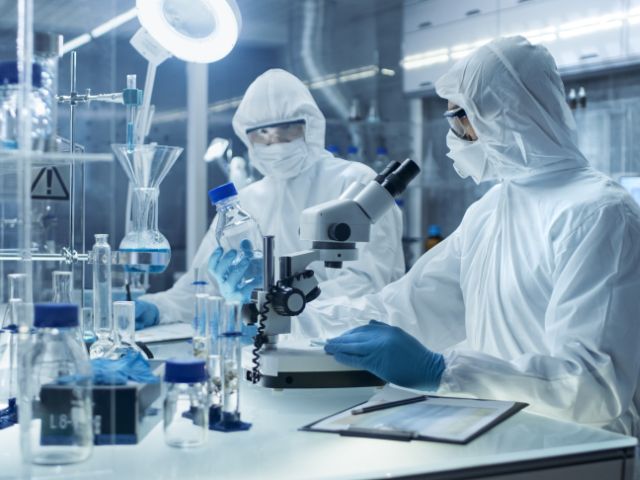

From initial discovery to delivering the final product into the hands of patients, the path of pharmaceutical development is fraught with challenges, rife with regulations, and driven by a relentless pursuit of enhancing human well-being. Understanding the processes behind these life-saving drugs is crucial for the industry’s stakeholders, from the scientists in the laboratory to the doctors at the forefront of patient care. This detailed exploration will take you through each critical stage, outlining the complexities and key processes in the development of pharmaceuticals.
Before a drug can save a life, it first has to be discovered. The drug discovery phase is where potential materials are identified, often by targeting specific biological pathways. This requires an understanding of the human body and the maladies that afflict it, research that combines biology, chemistry, and medicine. The process often begins with basic research, studying the fundamentals of disease pathology and identifying potential targets within the body.
With lead compounds identified, the focus shifts to formulation, a critical step separating the effective from the unusable. In modern pharmaceuticals, drug delivery is as much a part of a treatment’s efficacy as the substance itself. Manufacturers can test different drug delivery systems—from oral tablets to complex nanotechnologies—to see how they enhance bioavailability, control release rates, and minimize side effects.
Before researchers can test a drug in humans, it must undergo rigorous non-clinical safety studies, or preclinical development, to determine its safety profile and potential efficacy. The first stage uses in vitro studies—experiments conducted on cells or biological molecules in a test tube rather than in living organisms. These studies are invaluable for assessing a drug’s initial safety and effectiveness before moving to more complex models.
Perhaps the most well-known phase of pharmaceutical development, clinical trials involve researchers testing the drug’s effectiveness and safety in humans. Phase I trials are typically small-scale trials involving healthy volunteers and primarily focusing on the drug’s safety profile, side effects, and pharmacokinetics. Phase II trials expand the study, involving patients who have the condition the drug is designed to treat, while Phase III typically involves large groups of patients across multiple locations.
Once researchers have collated the clinical trial data and weighed the potential risks and benefits, the sponsor can submit a new drug application (NDA) or marketing authorization application (MAA) to regulatory agencies for market approval. This submission is a comprehensive package that includes all the data gathered from the preclinical and clinical stages, along with proposed labeling and patient instructions.
The development of pharmaceuticals is an arduous yet rewarding journey with various key processes to follow. Having a clear understanding of everything from how the pharmaceutical industry uses machined products to their shipping methods makes the overall process easier.
Developing pharmaceuticals is about innovating with responsibility, navigating through strict regulations, and being dedicated to the relentless pursuit of discovering treatments that will profoundly impact those most in need.
24World Media does not take any responsibility of the information you see on this page. The content this page contains is from independent third-party content provider. If you have any concerns regarding the content, please free to write us here: contact@24worldmedia.com
